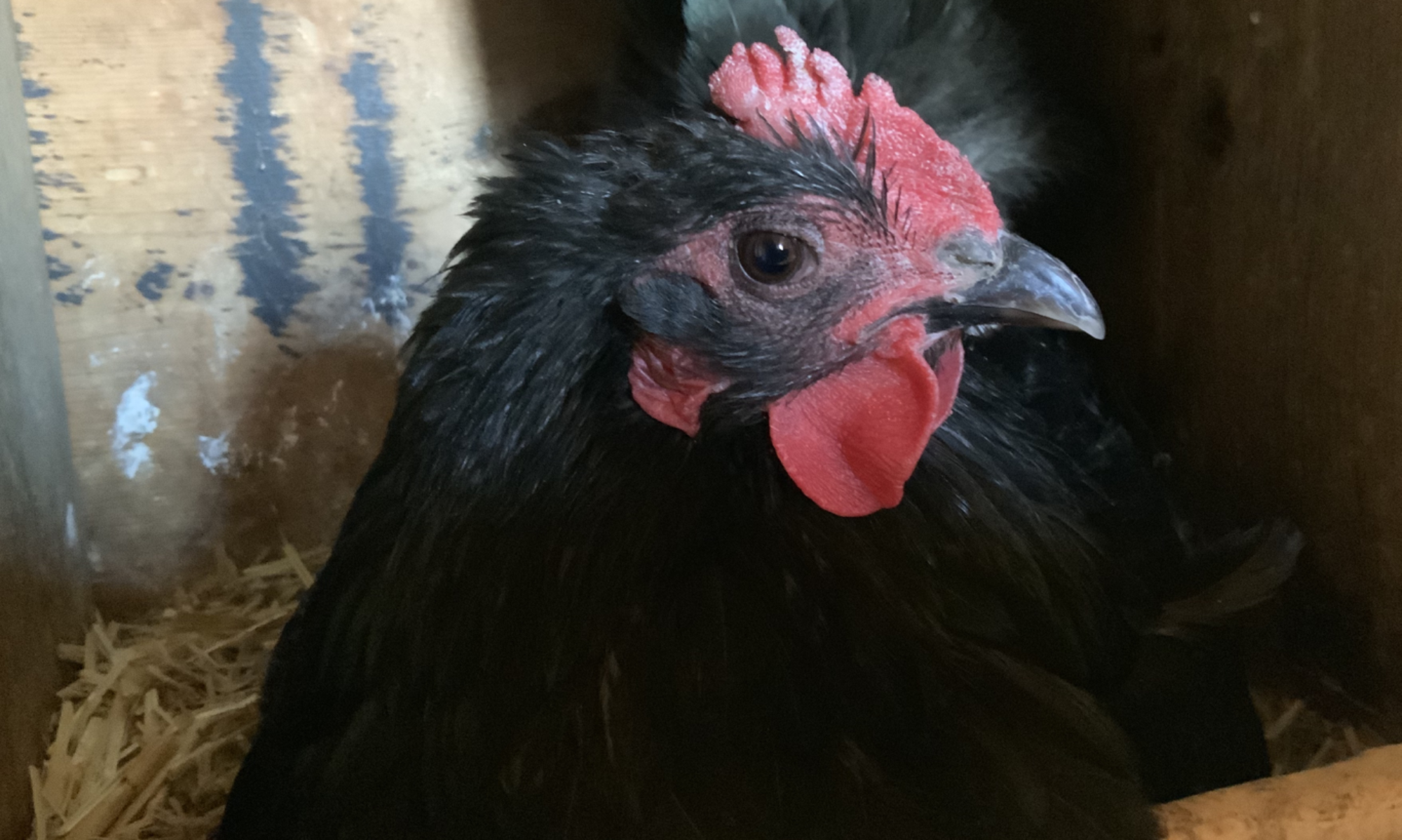Spring is just around the corner. It is the season of new life. I look forward to warmer weather and new life on the farm, whether fauna or flora. I also enjoy seeing all those sweet, adorable chicks and baby bunnies that show up in feed stores and farmer’s markets. Before taking on a new animal, do your research and understand what you are getting into and for how long. There have been times when I have had strays show up on my doorstep. In fact, that was how our rabbits were acquired. One early winter morning, I noticed three domestic rabbits eating food rations with the free-range chickens. They didn’t leave. I did not really know much about rabbits at the time, but I was about to learn!

Rabbits are fluffy, cute mammals generally used for food, fur, or companionship. My father-in-law grew up during the depression and his family’s main source of meat for a time was from the rabbits that he raised. There are over 300 different domestic breeds of rabbits, some large, some small. Some rabbit breeds are better for meat, some are better for their fur. The average lifespan of a domestic rabbit is 8 years. Keep in mind… that cute little bunny you get at the fair or for Easter, could be around for awhile!

Rabbits are herbivores and pretty easy to feed. You can buy a packaged rabbit pellet, or you can feed them a well-balanced diet of fresh fruits and vegetables, grains and hay. There is very little that a rabbit can’t or won’t eat. The key is to provide a balanced diet. Grass hay is an important part of that diet as it aids in digestion and prevents intestinal blockages. There are several varieties of grass hay: Timothy, Bermuda, and Orchard Grass are a few. Grass hay is higher in fiber but lower in protein, overall vitamin content and calcium. Contrary to popular belief, rabbits cannot live on carrots alone! They need and appreciate a variety of nutritional foods. In addition to hay, I feed my rabbits sweet feed, cracked or whole corn, and whatever fresh fruits and vegetables I have on hand or that are in season. After Halloween I got a truck load of pumpkins which the rabbits enjoyed. When I trim berry bushes, the rabbits get the trimmings, and they are presently gnawing on the Christmas tree. They love leaves…fresh or dried, flowers, and herbs. Fruit and vegetable scraps from the kitchen are a favorite, and of course, as with all animals, water should be available at all times.

My! What long ears you have! Did you know that a bunny’s long ears serve two purposes? First, the length and shape help to catch and amplify important sounds. Since rabbits are a prey animal, they need to be aware of what’s around them at all times. They are able to move their ears independent of one another so they can hear in different directions. Second, those long ears help to cool a hot bunny down. Since they don’t pant or sweat, they rely on a mass network of blood vessels in those enormous ears to give off heat from their body to cool down.

Bunnies have four front teeth in the upper jaw and two in the lower jaw. They grow continuously. Rabbits keep them worn down as they eat. It is important that they not get overgrown. I make sure that I give my rabbits blocks of wood to chew on, or tree and plant branches. If their teeth do become overgrown they will need to be trimmed. Their toenails also grow continuously and if not worn down, they can be trimmed with just a pair of nail clippers.
Rabbits are social animals. They don’t like to be alone. If you are going to keep rabbits, either get two who will keep each other company, or be prepared to spend a lot of time with your bunny. They are prey animals and are always on the lookout for danger and can be spooked easily. However, because they are social animals, they do like to be cuddled and pet if approached in the right way and handled regularly from a young age. A male rabbit is called a buck, a female is called a doe and a baby rabbit is called a kit or kitten. A group of newborns are called a litter.

Rabbits reproduce quickly! A doe (female rabbit) is considered mature at 5 – 6 months of age at which time she can begin reproducing. She can reproduce for 4 years. The gestation period is approximately 31 days long and a doe can give birth to up to 12 little ones in each litter. She can become pregnant again within a few days of giving birth. The doe will make a nest for her newborns, usually lined with fur. The babies are born with their eyes closed and do not open them until they are about 10 days old. The mother will nurse her young once or twice a day for a few weeks. The kittens are usually weaned by the time they are 3 or 4 weeks old.

Bunny poop makes some of the best fertilizer. It is organic, breaks down easily in the garden or compost bin, and is packed with nitrogen, phosphorus, potassium, minerals and micro-nutrients. It is easy to litter box train a rabbit. I simply put a litter pan filled with sawdust for absorbency into the rabbits pen and voila!, they use it. To clean it, I simply dump the waste into the compost bin and refill with sawdust.

Bunnies are adorable and fun to have around. They have fun personalities, are friendly, inquisitive and not what I would call high maintenance. With a little preparation and knowledge, you and your new bunnies can enjoy a happy life together.

